The progress of camera development in mobile phones has been nothing short of remarkable.
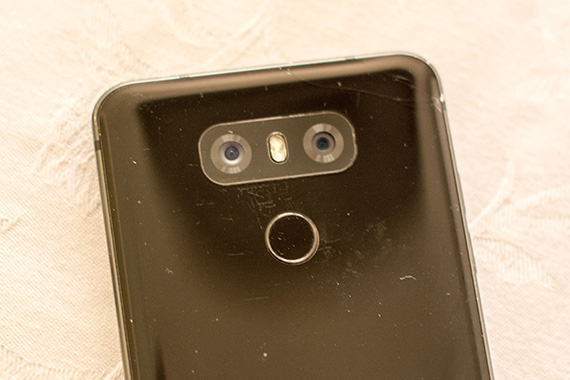
If you take the time to actually look at image quality improvement over the last few years you will be astounded. The modern smartphone is capable of producing images of such quality that the compact camera market has shrunken considerably. The quality is evident, not just when looking at the smartphone screen (which always looks great!) but in A3 prints, which is an excellent test.
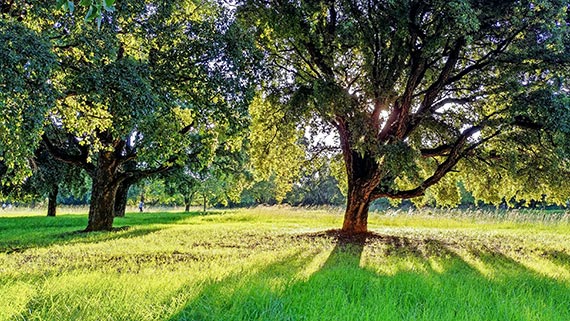
The on-going problem faced by smartphone manufacturers is how to squeeze more into a very limited space. There is also the issue of trying to squeeze more out of what is already in that space. The sensors in our smartphone cameras are truly amazing. The work that’s been done by Sony, Samsung, and others to design and produce these miniscule yet sensitive and versatile chips is really phenomenal. In reality, what they have achieved is truly mind-boggling!
But there are physical limits. Consider that an APS-C sensor has an area of 345 sq mm and one of the largest smartphone sensors is only just over 40 sq mm. That’s almost a tenfold difference, yet we would like to achieve a similar quality image!

We would also like to have a zoom capability in our smartphone but until recently the only zoom available was digital with the attendant quality issues.
We would also like to have a wide-angle facility. In fact, we want everything that our standard cameras can provide but we want it all to be in a package the size of a mobile phone. We truly want the camera in our pocket to be an everyday replacement that provides everything we have become used to in our cameras!

Smartphone manufacturers have picked up this challenge in two ways. The first is the use of computational photography or making use of computer code. In a nutshell, it’s possible for the digital sensor to record a stream of data when the shutter is open rather than a ‘snapshot.’ This has the potential for all manner of uses, including HDR. This will be the subject of a future article.
Right now we’re looking at the second option: multiple cameras. And it’s multiple cameras and not multiple lenses.
Somehow manufacturers have found some extra space, which they are putting to extremely good use.
Two Cameras: Standard and Wide-Angle

Standard

Wide-Angle
Of course, the wide-angle camera can result in some distortion.
But this is easily fixed with Snapseed.
And then we have standard and telephoto. Here the competition is hot, as many have a 2X optical zoom but now we have a 5X optical zoom contender appearing.
And then of, of course, have the standard and portrait setup, which will provide bokeh as with a wide open standard camera lens. Some discussions here with debates on the quality of the bokeh. Whatever, it’s still stunning technology!
You can now get smartphones which include all three options with four cameras and more coming; we have only just begun to see the benefits of all this technology.
I can go on and on but I hope that this brief overview will have convinced you that multi-cameras are no fad—they’re really fantastic!
About the Author:
Roger Lee is a Johannesburg based photographic trainer and cruise ship speaker on photography. He runs a successful one-day ‘Enjoy Your Camera’ course and his popular ebooks for people who don’t want to drown in detail—just take good images are at www.camerabasics.net with his new smartphone photography ebook at www.smartphone.org.za.
Like This Article?
Don't Miss The Next One!
Join over 100,000 photographers of all experience levels who receive our free photography tips and articles to stay current:
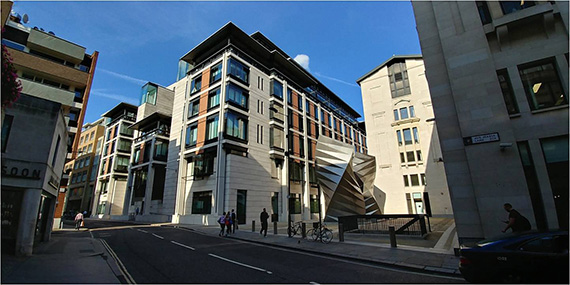
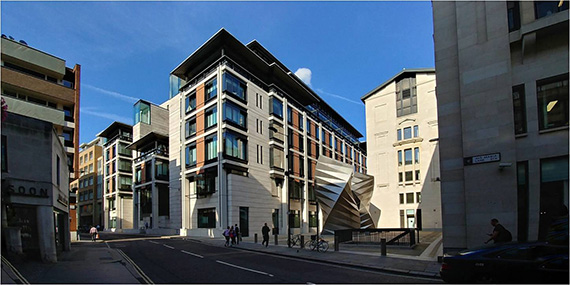


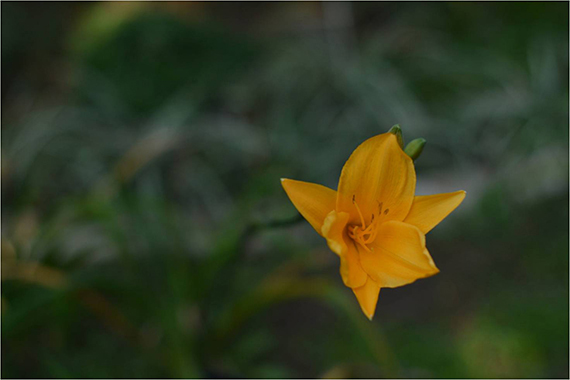






Leave a Reply